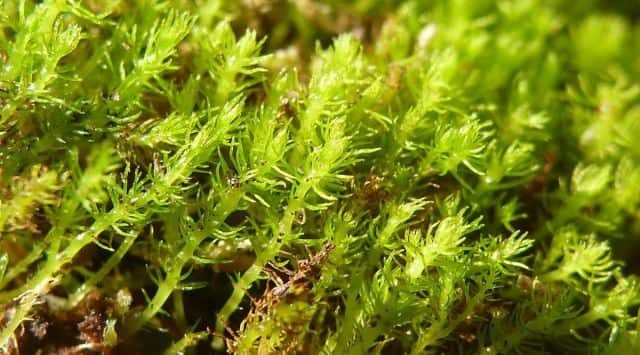Free Courses Sale ends Soon, Get It Now


Free Courses Sale ends Soon, Get It Now



Disclaimer: Copyright infringement not intended.
Context
Details
Introduction
Taxonomy and Distribution
Morphological Characteristics
Ancient Lineage and Evolutionary Significance
Evolutionary Insights
Ecological Role
Scientific Significance
Climate Change Impact
Future Concerns
Conclusion
Takakia is not just a moss; it's a living connection to the early history of plants on land. Its unique characteristics and ancient lineage make it a subject of great interest for plant scientists and evolutionary biologists. Understanding Takakia's role in the context of plant evolution and its ecological significance is essential for both scientific knowledge and conservation efforts in the face of changing environmental conditions.
|
PRACTICE QUESTION Q. Which of the following statements about Takakia and its adaptations is/are correct? 1.Takakia is a common moss species found in various regions worldwide. 2.Takakia's genetic traits have developed over the past few decades. 3.Takakia's habitat on the Tibetan Plateau is characterized by snow cover for eight months of the year. 4.Takakia's adaptations are primarily related to surviving in arid desert conditions. A) 1 and 2 only B) 3 only C) 1 and 4 only D) 2 and 3 only Answer: B) |
https://indianexpress.com/article/technology/science/takakia-oldest-surviving-plant-species-8885809/
© 2024 iasgyan. All right reserved